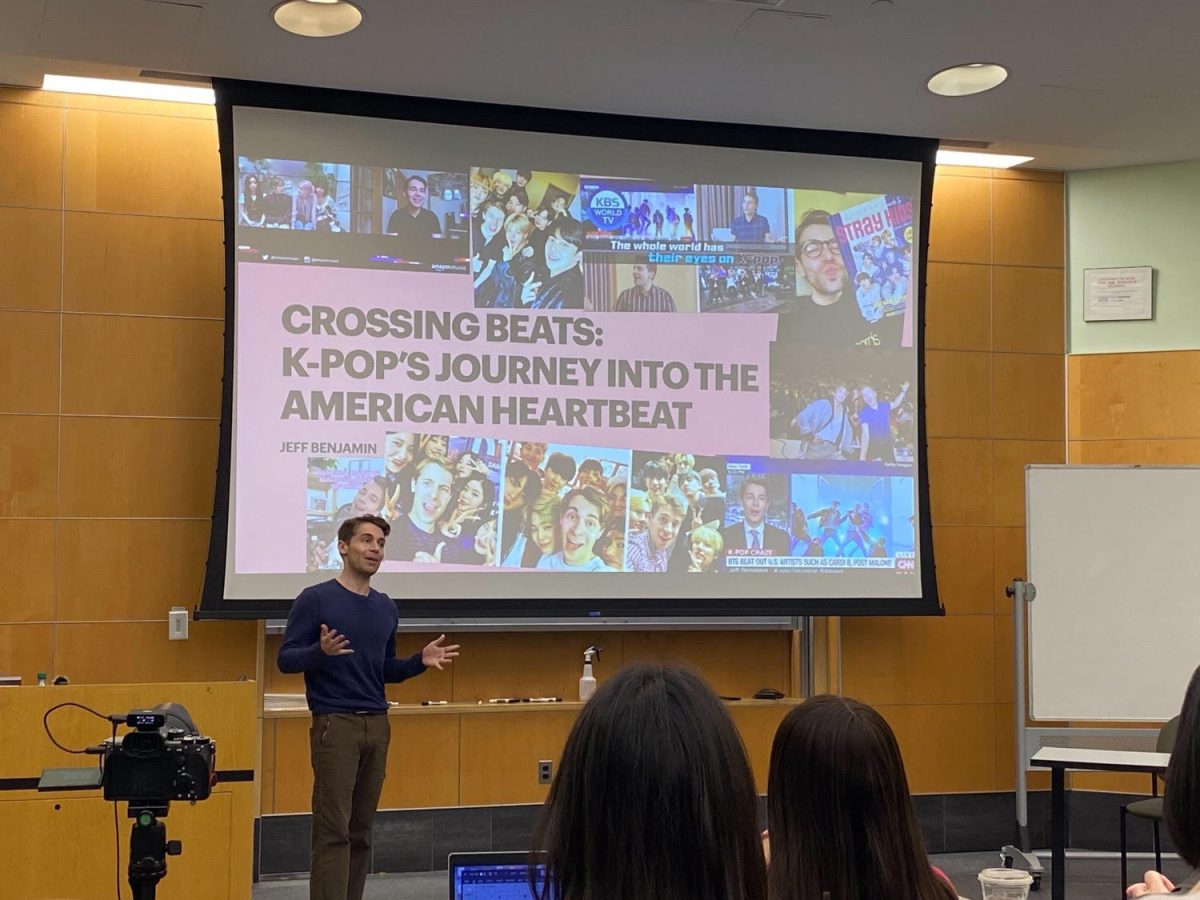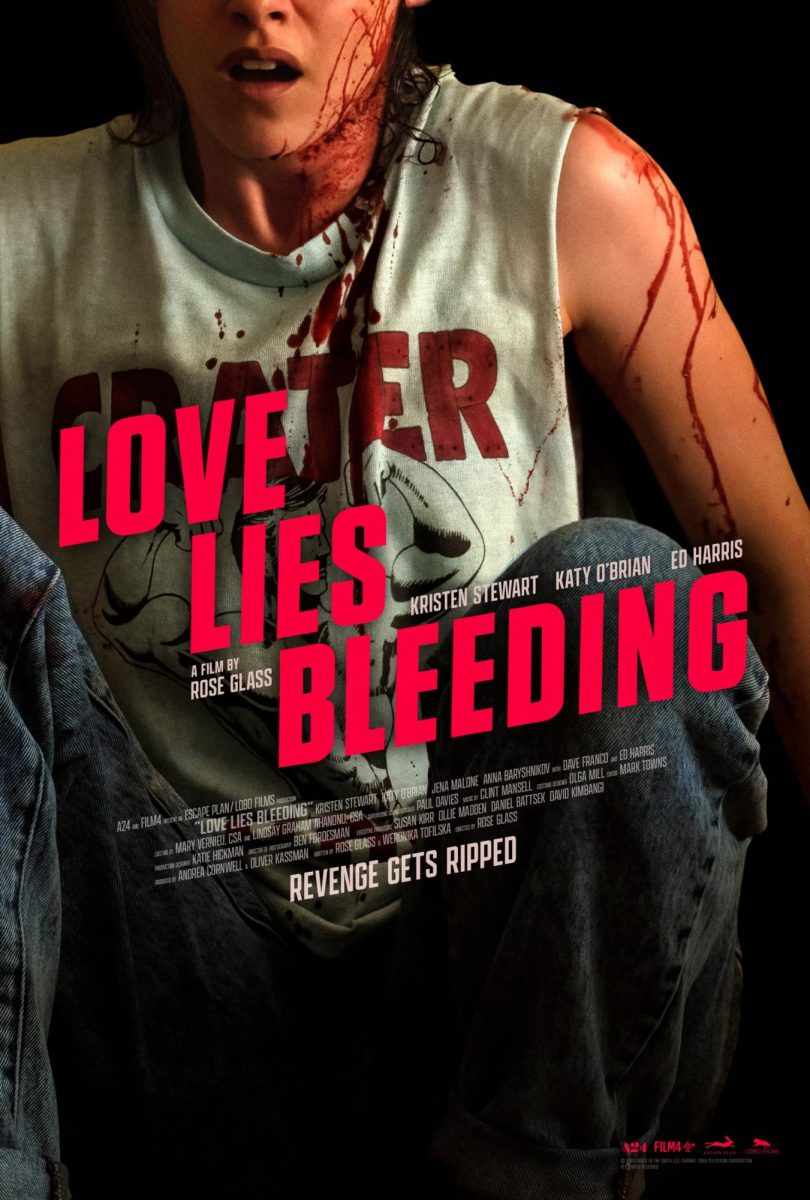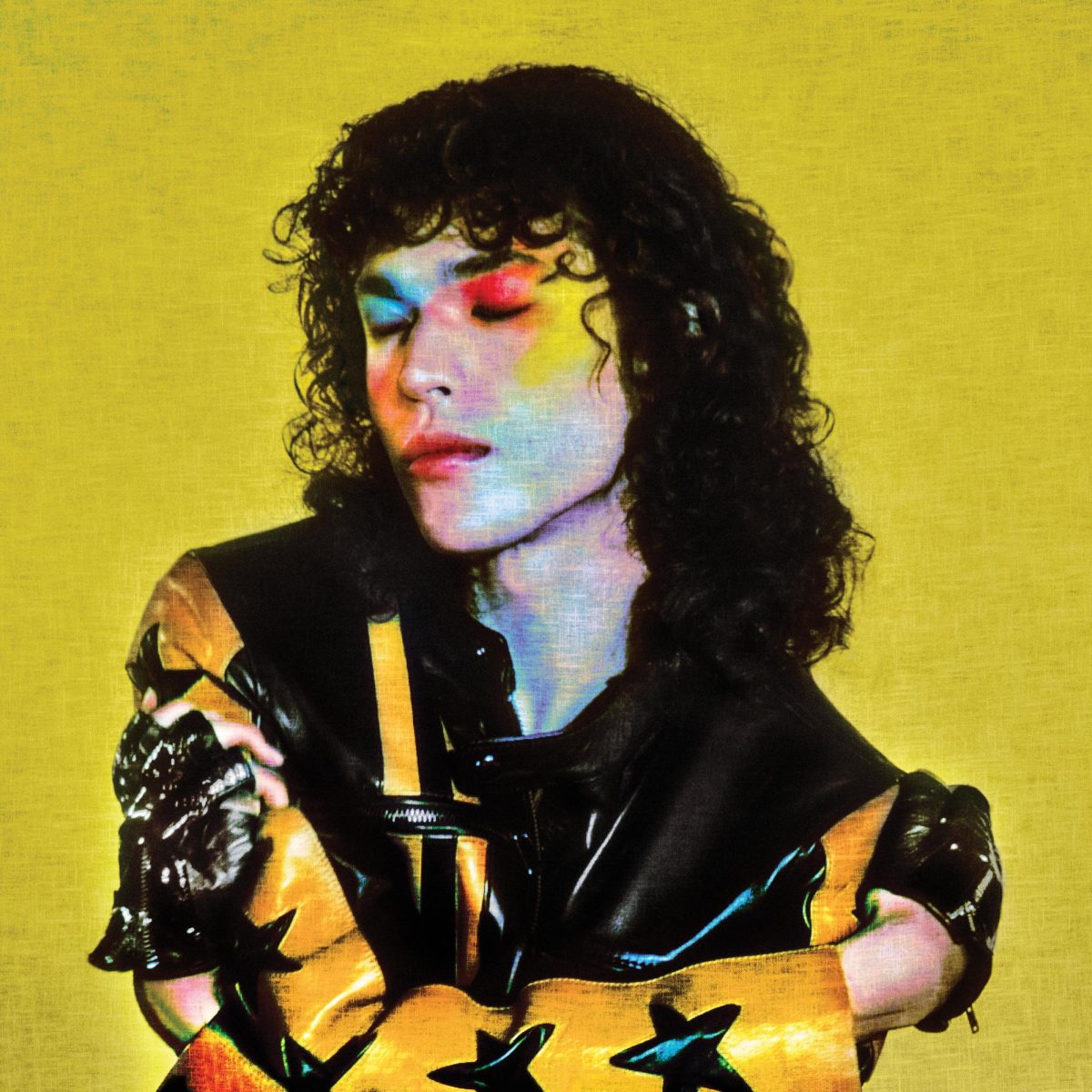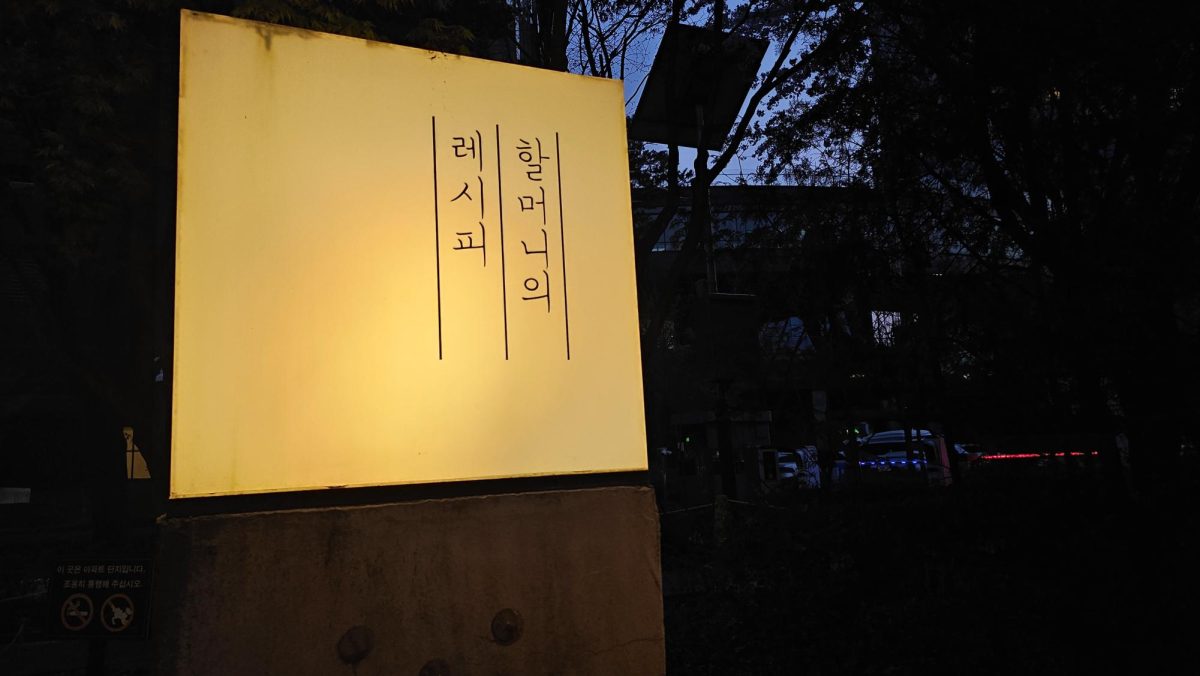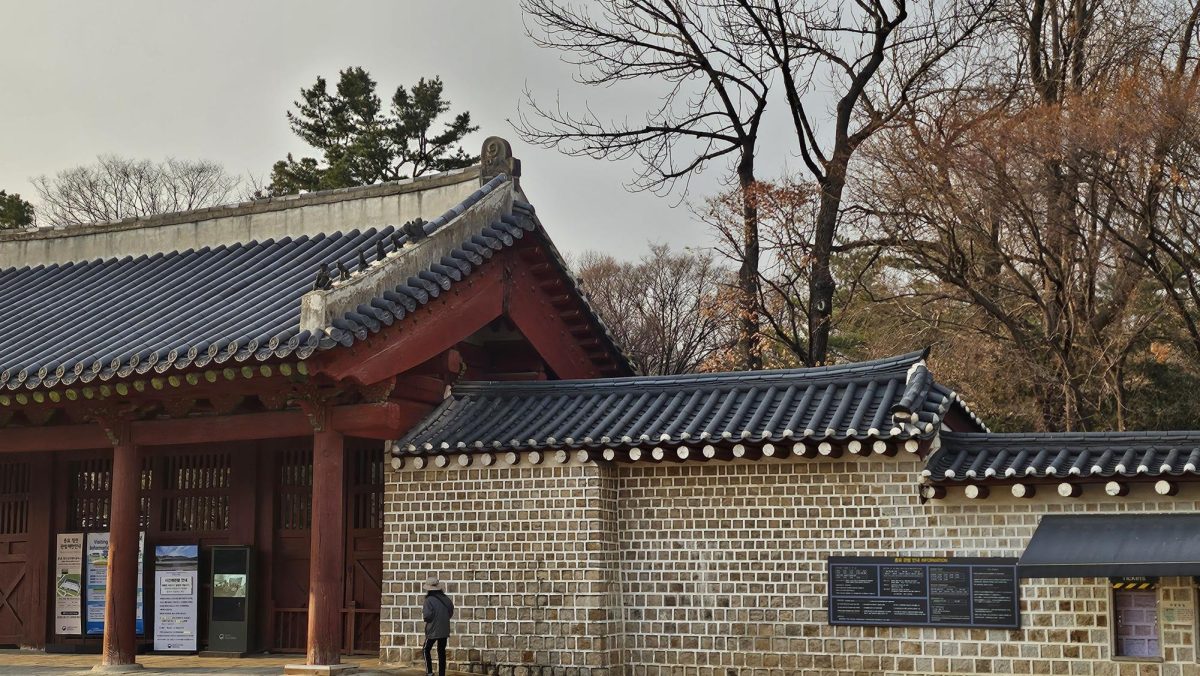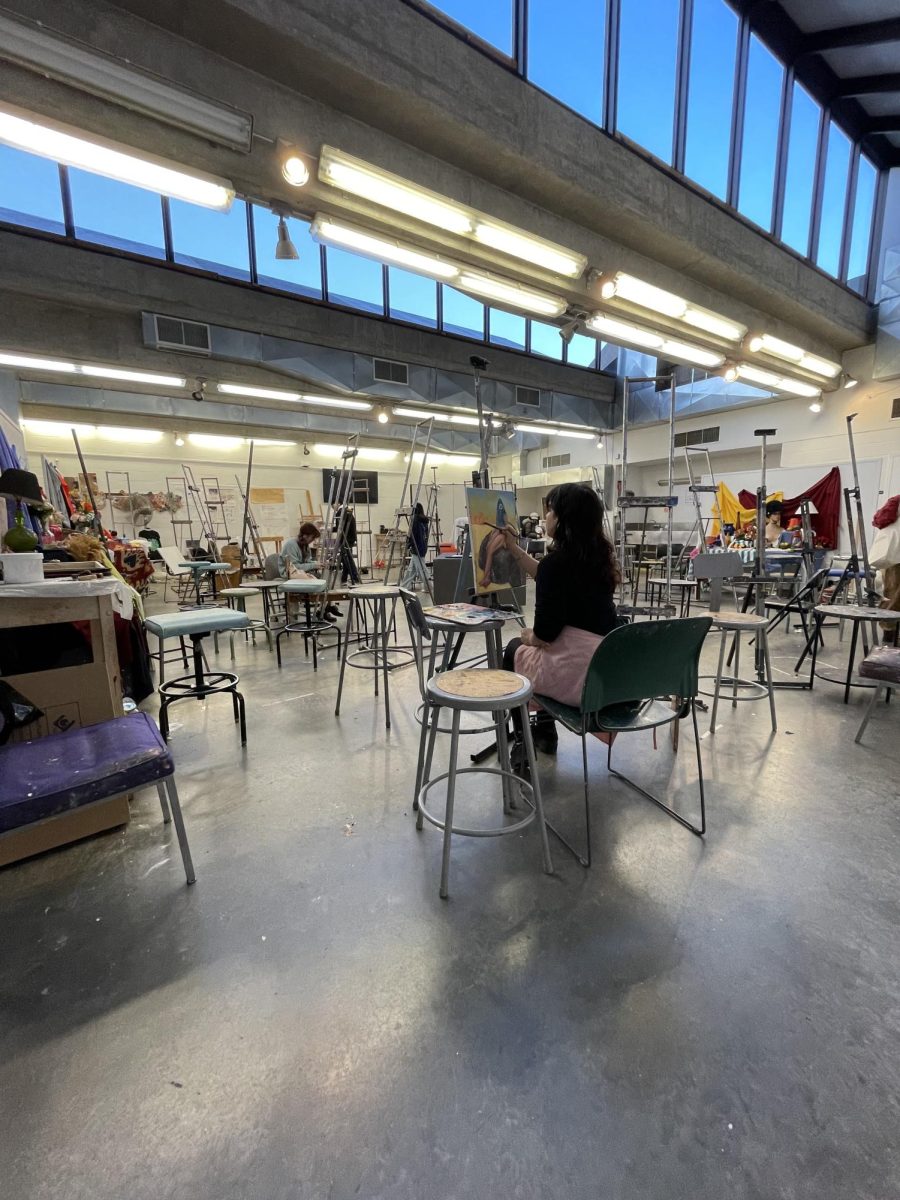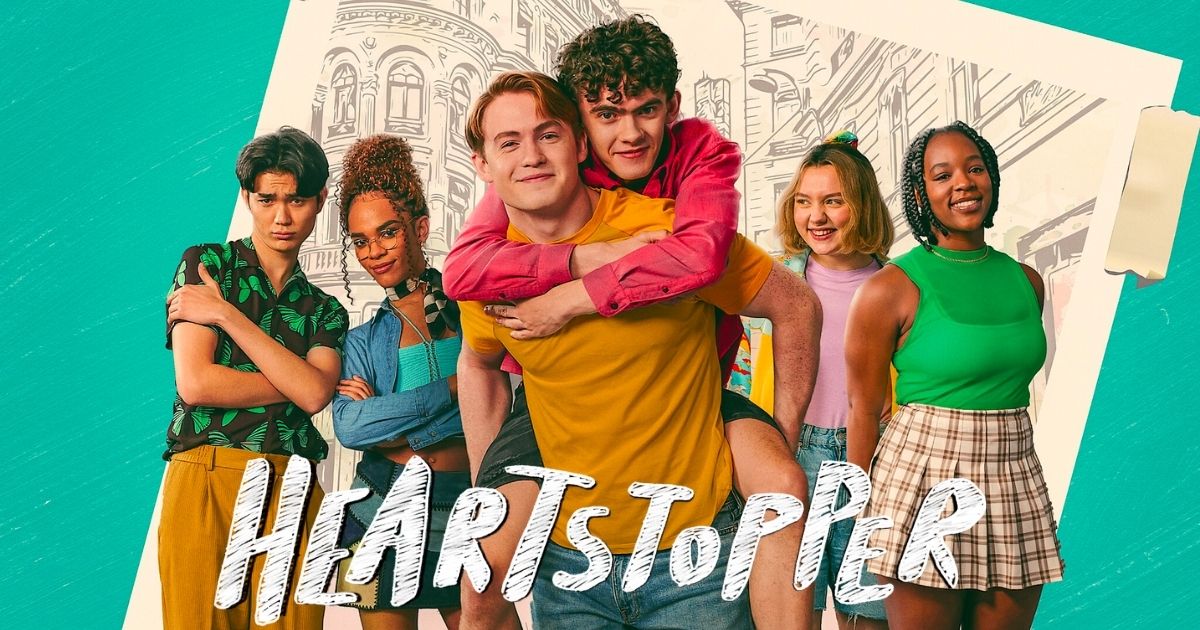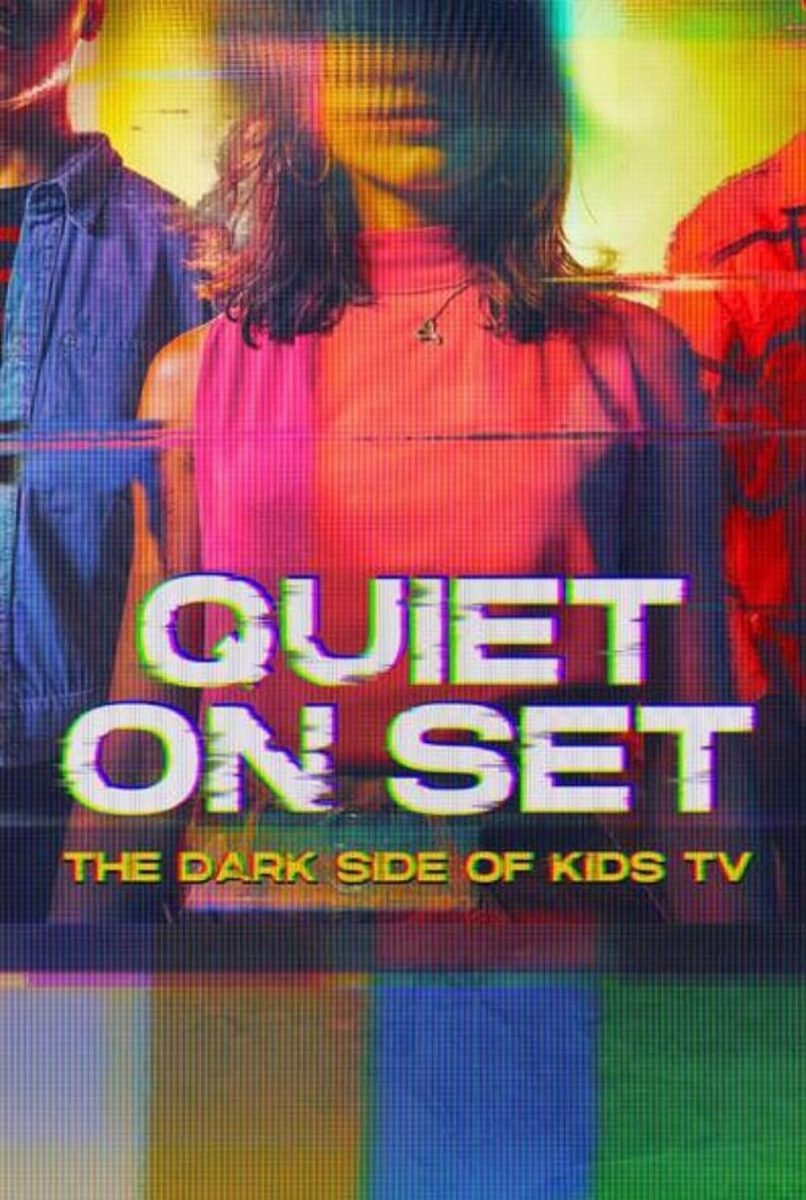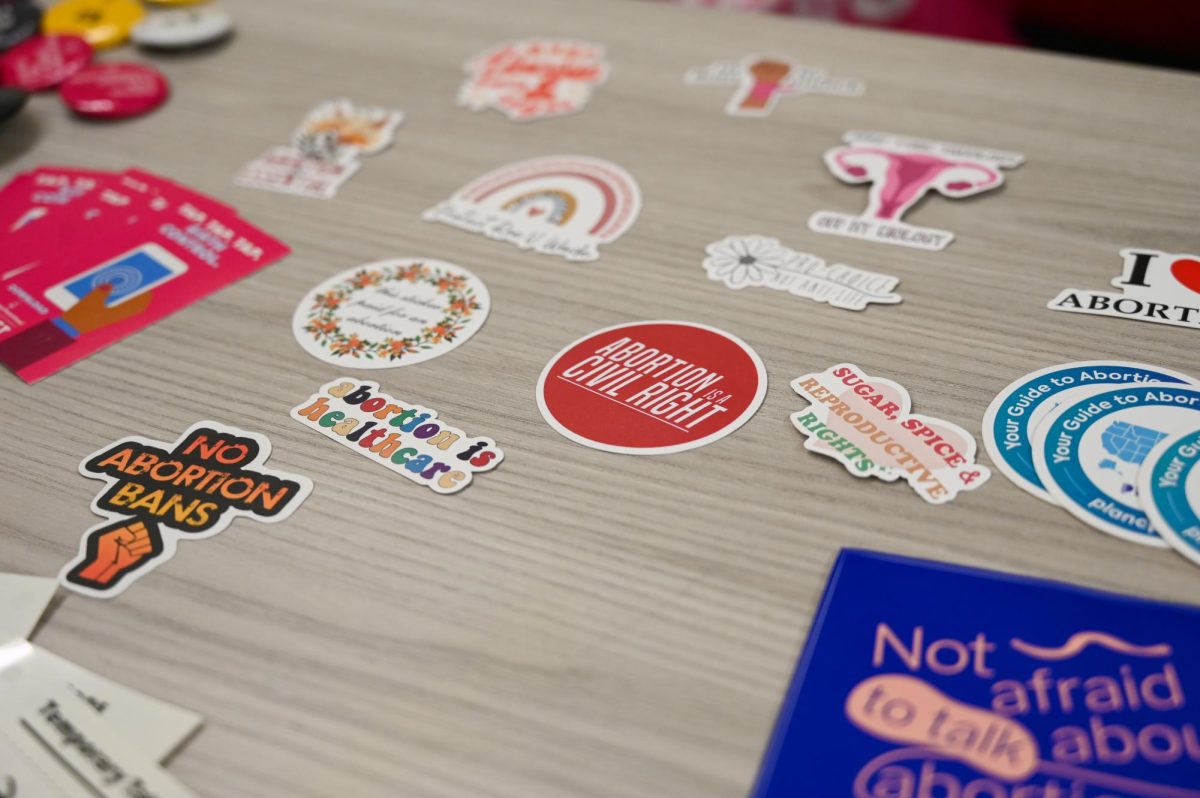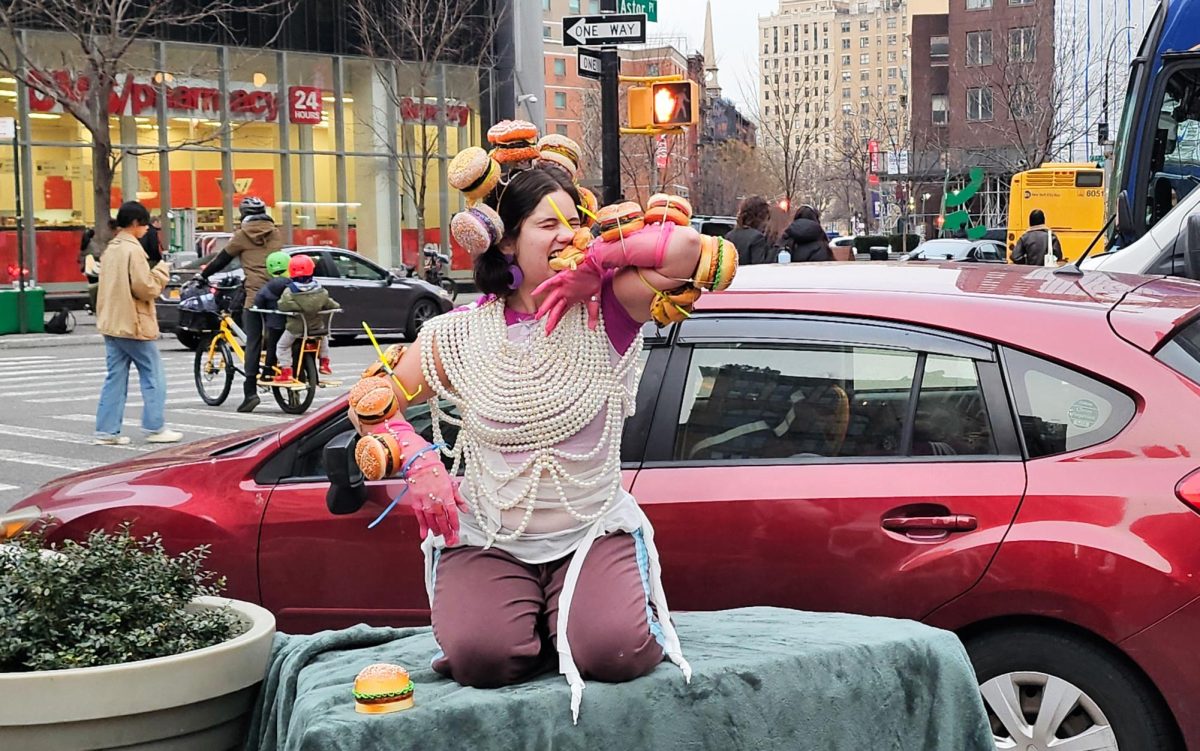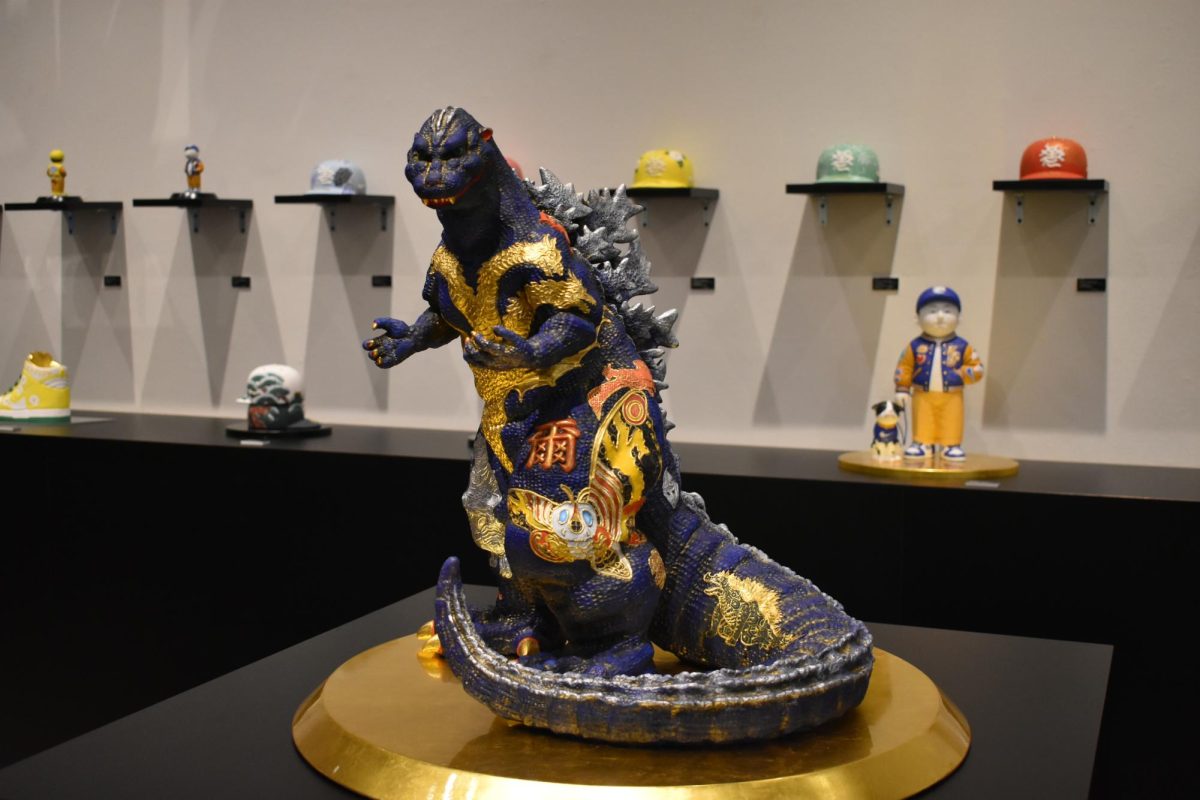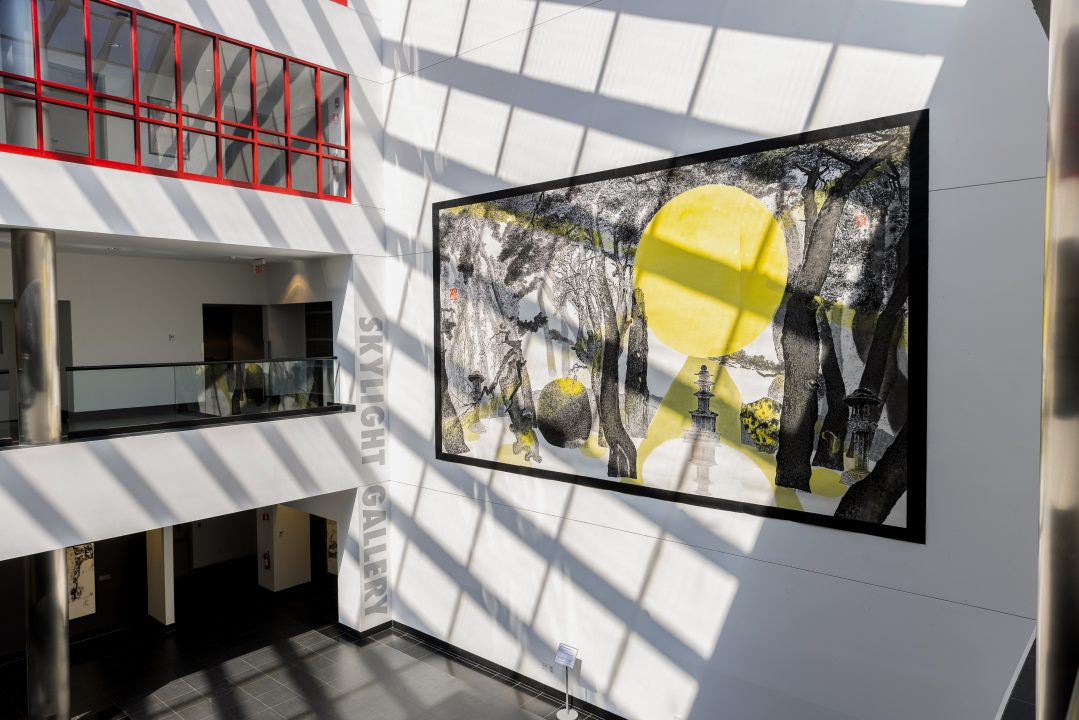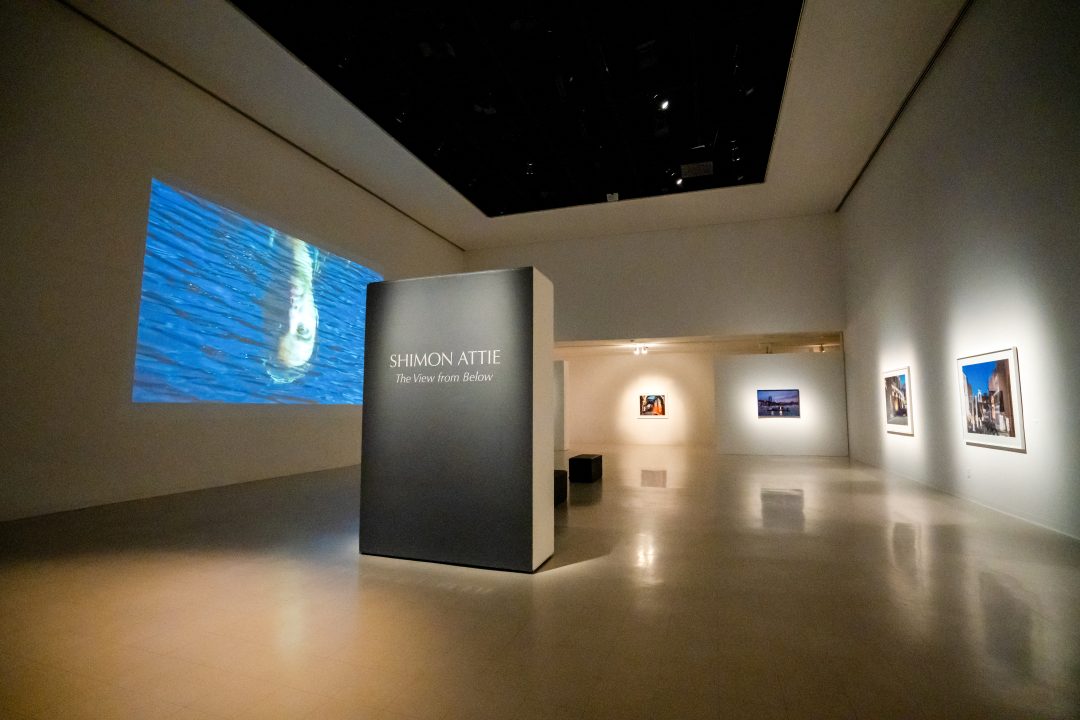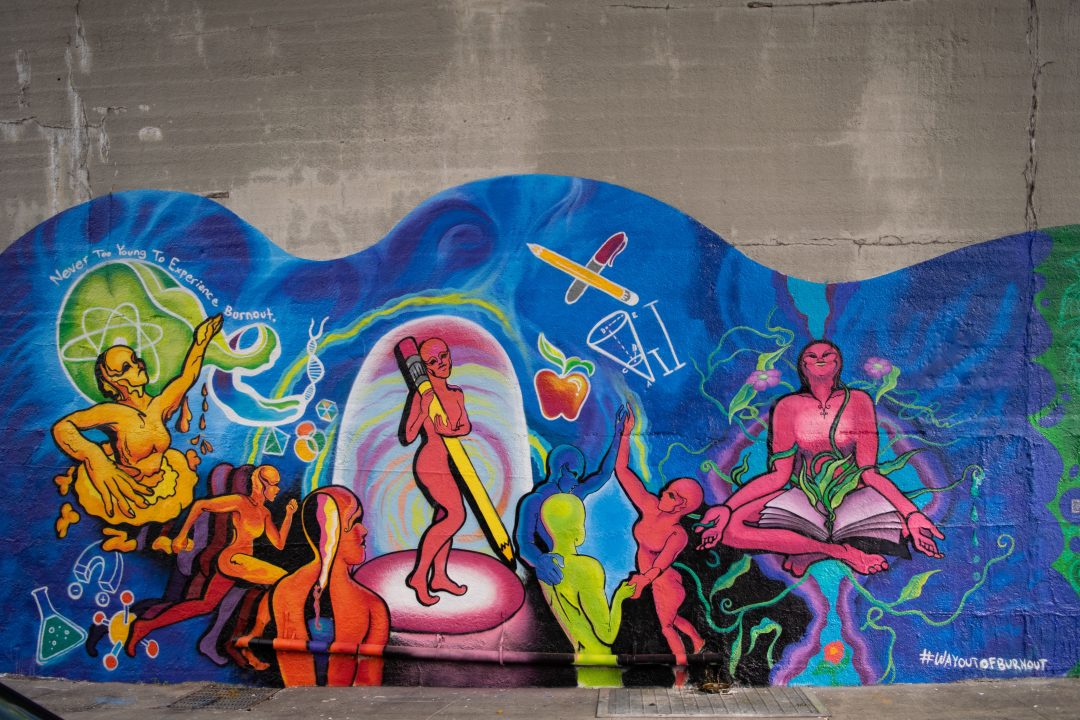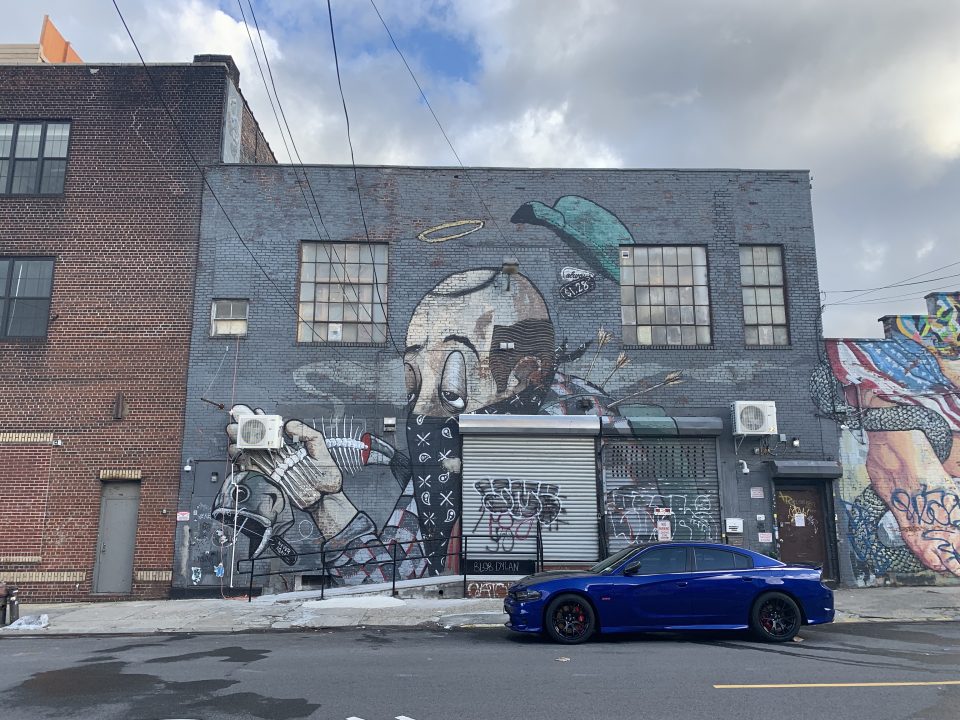
Intermingled smells of bagels and fresh paint normally fill the air during weekend mornings on the streets of Waterbury and Bogart in East Williamsburg, New York — one of the city’s buzzing art scenes.
Before the city lockdown order on March 20, 30-year-old Ariel Coello would be sipping on a hot cup of coffee while he waited for his touring group in City of Saints, a cafe on Meserole Street. As the founder of Made & Spotted, a Brooklyn-based design consultancy, Coello leads street art walks over the weekends to have folks engage with and learn about Brooklyn’s art community. He is now offering virtual street art tours every Sunday and will donate proceeds to COVID-19 emergency relief efforts.
“It’s very much a working-class area. It’s heavy on manufacturing, whether it’s food or like metalwork. During the week, it’s a lot more crazy,” Coello said. “As we know with gentrification, you’ve got a lot of kids from middle America, arguably, usually white … developers and everybody have just kind of figured out how to capitalize off of street art.”
Colossal Media, an agency that advertises brands like Kettle One and Nike in the form of wall art, has quickly taken over mural spaces on the buildings of East Williamsburg and Bushwick. The idea that companies are going to brand themselves by embracing what is now trendy in these Brooklyn communities rather than supporting artists and their means of self-expression is an unfortunate trade-off, Coello said.
During the tour, he drew attention to a large painting of a somber Latino who has arrows in his back, a bandana covering his mouth and nose, indicating gang affiliation, and the skeleton of a fish being clenched. A gold halo stands above his head, which Coello pointed out that the symbol dates back to early graffiti in the Bronx where artists painted them to honor someone they’ve lost.
Going by the alias, Mr. Never Satisfied, the artist of the painting has been a Brooklyn native for a little over 10 years after deciding to settle in Bushwick because of the neighborhood’s affordability over apartments in Manhattan. Despite taking interest in the neighborhood’s homage to bubbled-lettered graffiti bred during the birth of hip-hop, he said that he has a difficult time calling the place “home.”
“I grew up being told I’m lowering property value by painting on things,” Mr. Never Satisfied said. “Now all of the sudden, I’m the a—— that’s contributing to gentrification by painting on things … I’m still not making a living off my personal work, yet real estate people and “street art tours” are directly capitalizing off of it.”
Although the rise in interested travelers and international artists paved the way for street murals to be recognized as a “legitimate” art-form, Bushwick, to Mr. Never Satisfied, was more interesting when he first moved in.
“There was a healthy melting pot of transplanted artists and musicians mixed with Latinos who grew up in the area. Rent has gone up a lot since,” he said. “With that, I’ve seen the neighborhood change from “artists and weirdos” to “young professionals.” Brooklyn changes unbelievably fast and I can’t keep up with it.”
Another mural that Coello touched on during the tour was that of Roch Marcorelles, or “Nubian,” who is from Montpellier, France. Known for his attention to detail, Nubian sketches and paints majestic ships sailing overseas.
Following the 2015 terror attacks in Paris where 130 people died and hundreds were wounded, Nubian painted a chaotic ship, appearing to be flushed away, on Stagg Street in 2017.
After looking for walls to paint on in France, Nubian found it “impossible” to do so as the old architecture is heavily protected by state authorities. It was not until a friend of his suggested that he try coming to New York did he experiment with street art.
“All the walls that I painted on the first time, second time, were in Bushwick,” he said. “And I did that, I was like, ‘Okay, let’s find walls,’ and we’re in the street, we asked people and they said, ‘show me what you do?’”
Drawn to New York’s “high energy” and colorful streets, Nubian said he was inspired by how well-connected the art community was in Bushwick and after signing his Instagram handle on his murals, he had the opportunity to paint on more walls.
Coello emphasized the importance of distinguishing commercialized art from authentic street art found in working-class communities like East Williamsburg.
As Brooklyn’s art sites became tourist attractions, once respected projects like The Bushwick Collective, which partners with artists and showcases their work, branded with corporations to promote their businesses in the area, Coello said. The Bushwick Collective worked with McDonald’s on an advertising campaign that featured artists’ work without their permission in 2017, he explained.
“Art that is being sort of pushed out by brands, it’s kind of a sad situation,” Coello said. “But I want to speak to it as much as I can while it’s still here.”







